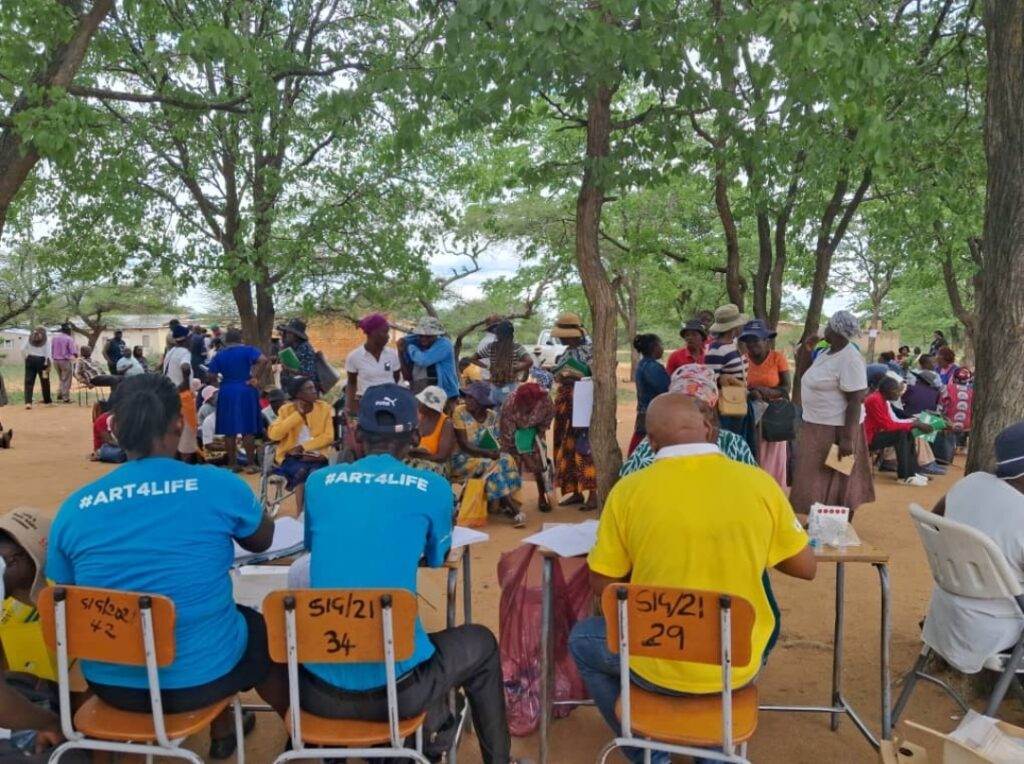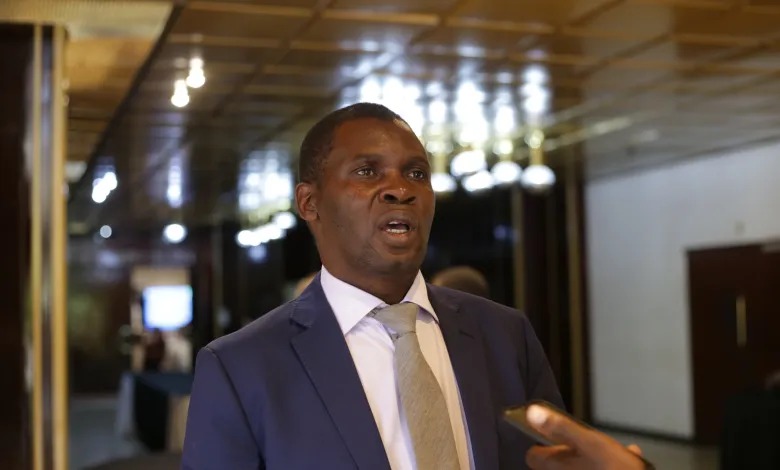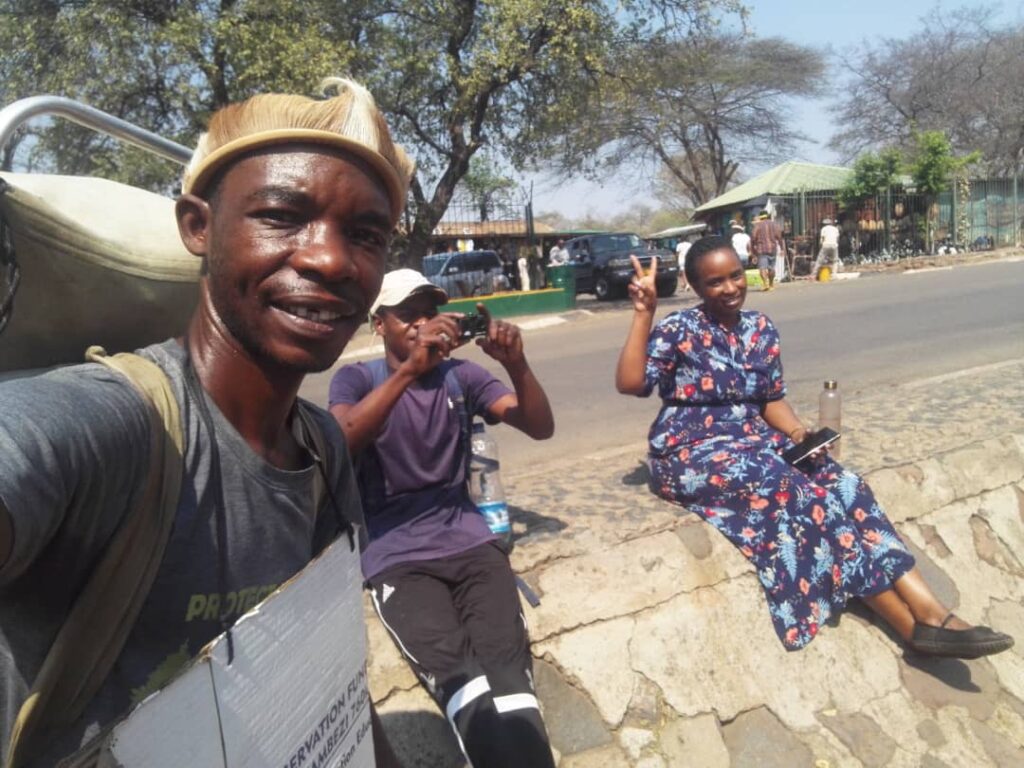Harnessing the Sun’s Heat: Swedish Blueprint Targets Africa’s Industrial Energy Gap
Written by Staff Reporter on October 2, 2025
VICTORIA FALLS, Zimbabwe, – Against the backdrop of one of Africa’s natural wonders, a Swedish clean technology executive told gathered delegates for the 22nd Africa-Nordic Foreign Ministers Meeting that the continent’s most abundant resource – sunlight – holds the key to solving its industrial energy crisis.
Joakim Byström, CEO of Absolicon Solar Collector, addressed delegates on Monday at the summit’s opening, directly linking the meeting’s theme of “leveraging technology and collaboration for future-ready societies” to the urgent need for sustainable industrial power.
“Here in Victoria Falls, we are surrounded by immense natural power,” Byström said. “But for Africa’s industries, the energy crisis isn’t just about electricity – we’re missing half the solution. Heat is Half of the energy equation.”
The CEO argued that while solar panels and wind turbines dominate energy discussions, the massive demand for industrial process heat – used in manufacturing everything from textiles to food – remains the “hidden engine” of economic development currently powered by unsustainable fuels.
“To dry one ton of tea leaves, five tons of firewood are burned. To produce one kilo of cloth, two kilos of coal are burned,” Byström stated, highlighting the scale of the challenge facing African industries.
His company presented what they call a “Swedish blueprint” – concentrated solar technology that produces high-temperature steam directly for industrial use. The system, which features thermal storage to provide heat after sunset, has been deployed in European industrial sites like an Italian brewery.
But the broader message focused on the Nordic innovation model that enabled such technology to develop. Byström detailed how his company grew from a school project to a publicly-traded international firm through Sweden’s layered support system involving education, government grants, accessible capital markets and research collaboration.
“This Nordic ecosystem isn’t exclusive – it’s a model for partnership,” he told the gathering of Nordic and African diplomats. “African innovators can partner with Nordic firms on EU research grants, mobilize local business angels, and build entrepreneurial education.”
The location of the meeting in Victoria Falls – a UNESCO World Heritage site known for its powerful waterfall – served as an unspoken backdrop to the discussion about harnessing natural resources sustainably.
“The sun is Africa’s Victoria Falls – an immense, daily source of power waiting to be harnessed,” Byström concluded. “By focusing on industrial heat and building collaborative innovation ecosystems, we can power the future-ready societies we are here to discuss.”
The two-day meeting continues with closed-door sessions expected to focus on technology transfer, green energy investment, and strengthening Nordic-African partnerships in sustainable development.






 Breeze FM
Breeze FM